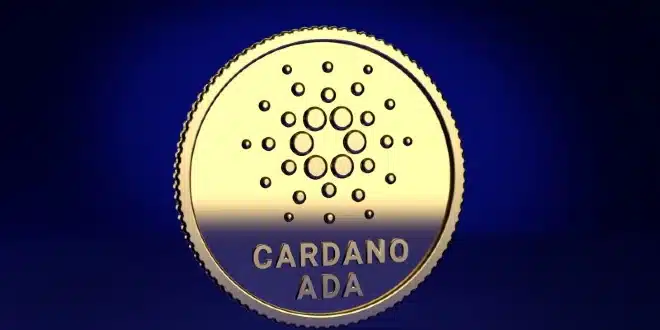Cardano has long been a topic of fierce debate in the cryptocurrency world. Supporters hail it as a high-potential blockchain project built on peer-reviewed research, while critics see it as a bloated platform with minimal real-world usage relative to its lofty valuation.
Let’s dive into the numbers, developments, and technical outlook that define the current investment landscape for Cardano (ADA).
Supporters vs. Skeptics: A Divisive Asset
Cardano stands apart from many of its competitors due to its academic approach. Its blockchain is decentralized, energy-efficient, and boasts extremely low transaction costs. Most notably, it is often referred to as the only major blockchain that has undergone peer-reviewed development—something its fans believe gives it long-term credibility and resilience.
However, critics argue that Cardano is overhyped. Despite commanding a market cap exceeding $20 billion, its network activity trails far behind other leading chains. The term “ghost chain” has frequently been used to describe Cardano, pointing to the limited number of functioning applications and low user interaction on its DeFi platforms.
Performance vs. Peers: Falling Behind
From an investment return perspective, Cardano has significantly lagged behind rival coins. After peaking at $3.15 in 2021, ADA has plummeted to around $0.60—erasing more than $70 billion in market value.
To put this in context: over the past five years, Cardano’s price has increased by roughly 405%. In contrast, Binance Coin (BNB) has surged 2,930%, and Solana has skyrocketed 4,636%. These comparisons highlight Cardano’s underperformance, particularly among long-term holders and institutional investors.
Ecosystem Activity: A Closer Look at Usage
A key factor in Cardano’s weaker performance is its comparatively slow ecosystem growth. As of now, the platform has only 49 active DeFi developers and a total value locked (TVL) of around $348 million. Solana and Binance Smart Chain (BSC), by comparison, host hundreds of applications with multi-billion-dollar TVLs—$20 billion and $8.4 billion, respectively.
Decentralized exchanges (DEXs) built on Cardano have recorded only $98 million in trading volume over the past month. This is dwarfed by BSC’s $178 billion and Solana’s $61 billion in the same time frame, reflecting the low demand and user engagement on the Cardano network.
Promising Developments: Is Growth on the Horizon?
Despite these setbacks, Cardano is actively building toward the future. One of its key initiatives is the Midnight sidechain—a privacy-oriented extension using zero-knowledge proofs. Midnight will introduce two native tokens, NIGHT and DUST, with an airdrop planned soon. ADA holders can expect to receive NIGHT tokens as part of this rollout.
Another significant development is the Leios upgrade, aimed at massively improving network scalability. This protocol update will enable parallel processing, potentially increasing Cardano’s transaction speed from about 40 transactions per second (TPS) to a staggering 1,500 TPS. If successful, it could unlock new use cases, particularly in gaming and DeFi. Still, these upgrades are in early stages, and it remains unclear how much adoption they will drive.
Investment Outlook: Trouble on the Charts
From a technical perspective, Cardano may be entering a bearish phase. Analysts point to the emergence of an inverse cup-and-handle pattern, a chart formation often associated with continued downward pressure. Adding to the concern is the appearance of a death cross, where the 50-day moving average crosses below the 200-day average—a traditional bearish indicator.
If these patterns hold, Cardano could see its price drop to around $0.32, marking a potential decline of over 47% from current levels. This outlook suggests short-term caution may be warranted for potential investors.
Final Thoughts: Potential vs. Risk
Cardano remains a polarizing asset. While it offers technological innovation, peer-reviewed credibility, and active development, it also struggles with low usage and relative underperformance in the crypto market. For now, technical indicators and limited adoption signal that ADA may not be the best investment choice in the short term. However, with strategic upgrades like Leios and sidechains like Midnight in the pipeline, long-term potential still exists—though it comes with significant risk.


